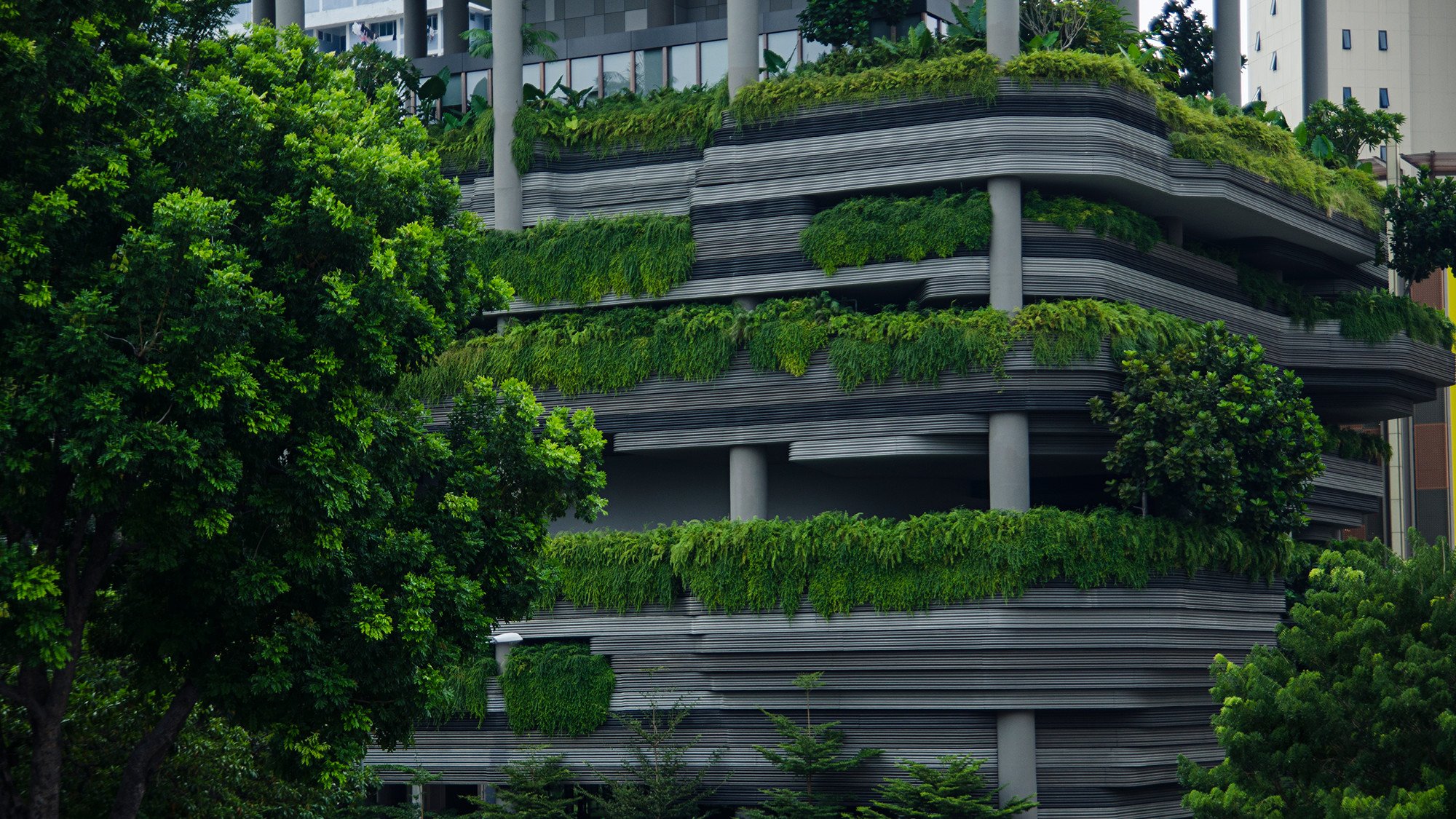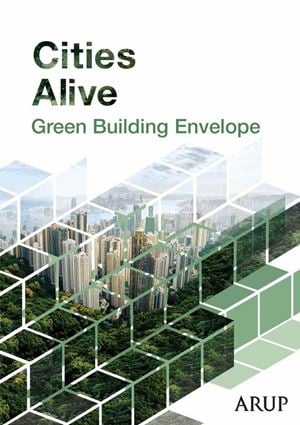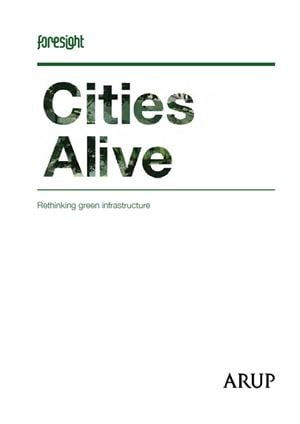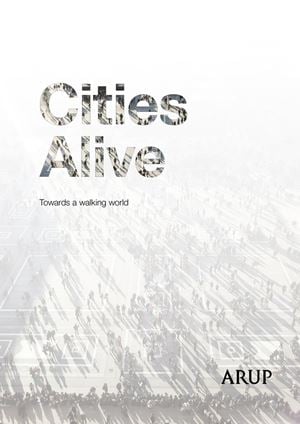So hot in summer your head throbs waiting to cross the road. Rain so heavy you’re up to your ankles on the street in minutes. Colours so intense they make your heart sing. Divine ‘winters’. Cylones! Also known as the ‘Torrid Zone’, the tropics are intense. Intense storms, colours, heat, and humidity. So much so that Aristotle in the 4th century BC boldly proclaimed the Torrid Zone as too hot for human habitation.
Today, in fact, approximately 40% of the world’s population lives in the tropics, and by 2050 this will climb to over 50%. At the same time, the Tropics are the most bio-diverse region on Earth, hosting about 80% of the planet’s terrestrial species and over 95% of its corals and mangroves. The majority of the world’s fastest growing cities are located in the tropics. Very high population growth, intense and sometimes wild weather, super dense cities, vulnerable environments and populations – torrid indeed.
It’s true we are all drained by the heat and humidity when it is extreme
But there are also great swathes of time when the temperatures in the Torrid Zone are benign. The combination of benign temperatures for substantial portions of the day and (and in the subtropics over the year), the capacity for abundant vegetation and the ample supply of water makes the tropics and subtropics perfectly suited to the creation of a sustainable high density urbanism that integrates low energy design and urban greening.

Cities in the tropics and subtropics still have excellent examples of how cities and buildings were designed prior to the wide usage of air conditioning. Singapore, Kuala Lumpur, Hong Kong, Brisbane and Cairns all have their own localised versions of urbanism that use shade, breezes and urban cooling in their own unique ways.
Courtesy WOHA Architects
Cool narrow lanes which are shaded and intensify breezes. Deep shaded loggias with screened gardens allowing breezes to flow through the environment. Leafy streets where the tarmac is shaded all day and doesn’t heat up. Elevated garden terraces for catching evening breezes (and maybe a long cool drink!). Buildings that use thermal mass to trap cool air as a resource. Or lightweight construction that instantly changes temperature as the day cools.

It is not too much of a leap then to imagine an urbanism that scales up these local climatic adaptations to spaces that accommodate higher densities to service our ever-growing population in tropical and subtropical cities. Our urban high-rises would be more porous with garden rooms inviting cool air to pass through the walls, creating respite from the heat. Our streets and public spaces could be more like shaded and sheltered urban living rooms offering relief in the heat and inviting occupation even when it’s very hot, or very wet.
Courtesy WOHA Architects
Sound utopian? It’s actually happening.
Singapore, for example, has enshrined this kind of urbanism in its plans for the city for over a decade, and leading architects and engineers are well versed in the practicalities of implementation. The city has demonstrated that the much wider integration of green infrastructure and adaptive climatic design, even in high density environments, benefit urban ecologies and the health of populations whilst mitigating the impacts of climate change.
“Amongst all the complexity of city-making there is much to be gained by paying particular attention to natural climatic advantages and harnessing these to make the cities of the future. ”
Caroline Stalker Principal
This is particularly true of city-making in the ‘Torrid Zone’ – one of the fastest growing urban areas with the most opportunity to harness nature to create liveable, vibrant and bio-diverse cities.
 ;
;




